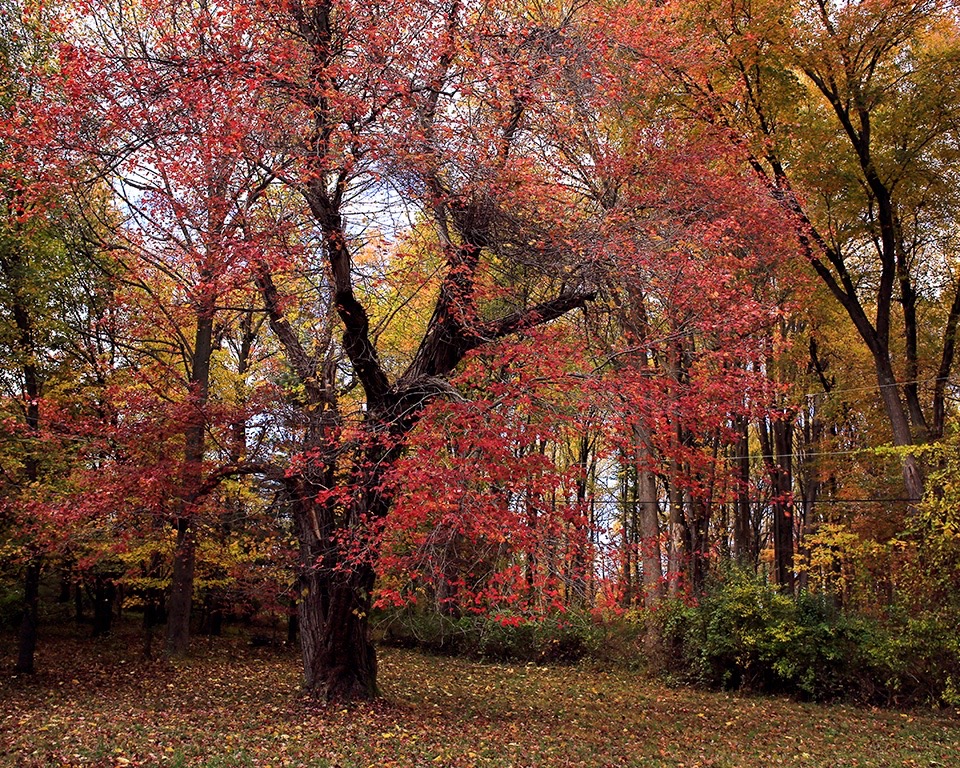
A common chore in the fall for us who live in deciduous forests, raking leaves can tire us out. Sometimes, after spending a great deal of time and effort in clearing our yards of leaves, we may ask ourselves if the chore is worth the exertion. Ultimately, whether or not raking leaves is worth the effort is dependent upon the amount of fallen leaves, the area in which we live, and the manner in which we dispose of the leaves that we collect.
Many times, leaf-rakers will put the collected leaves into a garbage bag that finds itself in a landfill if proper leaf-removal infrastructure doesn’t exist in the area. Other times, the leaves are disposed of into the streets or gutters, which then dumps excess nitrogen and phosphorus into our already-strained waterways.
This biomass can be put to better use through composting. The easiest way to compost leaves is to store them in a large, rectangular pile on a part of your lawn, but there are other methods. The method that ensures success in leaf composting is to first shred the leaves, then create a six inch layer of leaves with a two inch layer of an organic material rich in nitrogen, such as manure, food garbage, green weeds, grass clippings, or old vines. Once the layers are put down, you must mix the compost pile at least twice a month throughout the winter, or more often if there is heavy precipitation. Every three days is ideal.
The leaves can also be scattered around the trunks of trees to protect their roots from the cold and the frost. The leaves prevent the soil from losing its moisture through evaporation, which also prevents the roots from drying. But as with the composting, it is best to shred the leaves, even if the intent is to let the leaves sit on the lawn. Too many leaves around a tree causes roots to rot.Allowing the leaves to sit on the lawn throughout the winter prevents sunlight from reaching the grass. As the leaves become soggy from rain and snow, they retain diseases that have the potential to infect nearby trees when the weather warms. Shredded leaves don’t retain as much moisture, but still provide a home for wintering insects and a place for snails and slugs to lay their eggs.
In summary, whether composting or letting the leaves lie, it is best to shred them. Shredding can be done with a rotary lawn mower, or through a shredder. While it requires some effort, it is a great way to provide nutrients to plants, shelter for animals, and cardiovascular exercise for humans. Next time you’re raking the leaves, think twice about how those leaves are put to use!
More Resources!
http://www.nwtree.com/blog/is-raking-leaves-bad-for-your-lawn/
http://integritynursery.com/blog/34781/raking-leaves-bag-or-mulch
